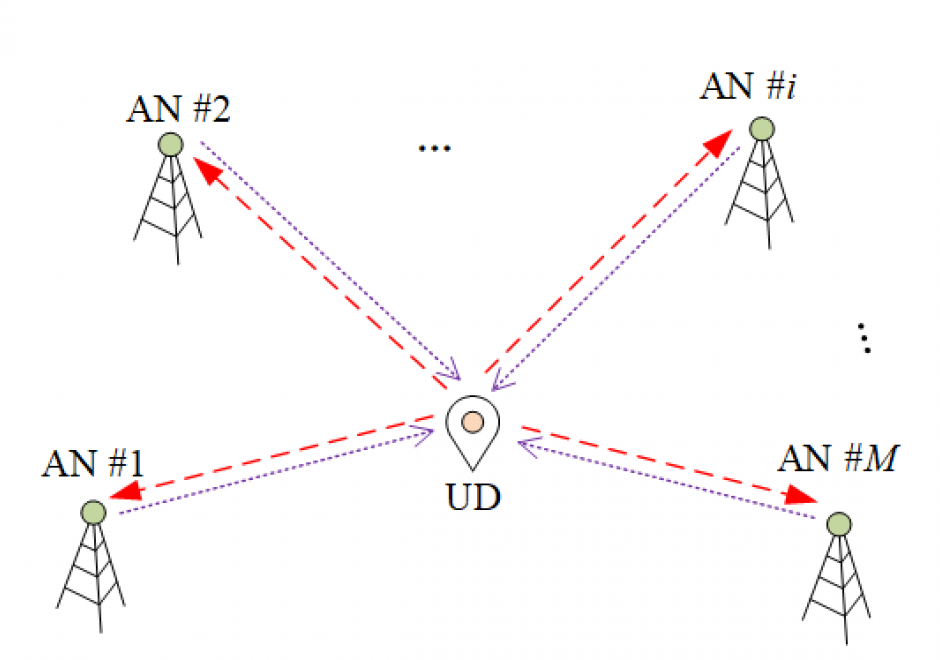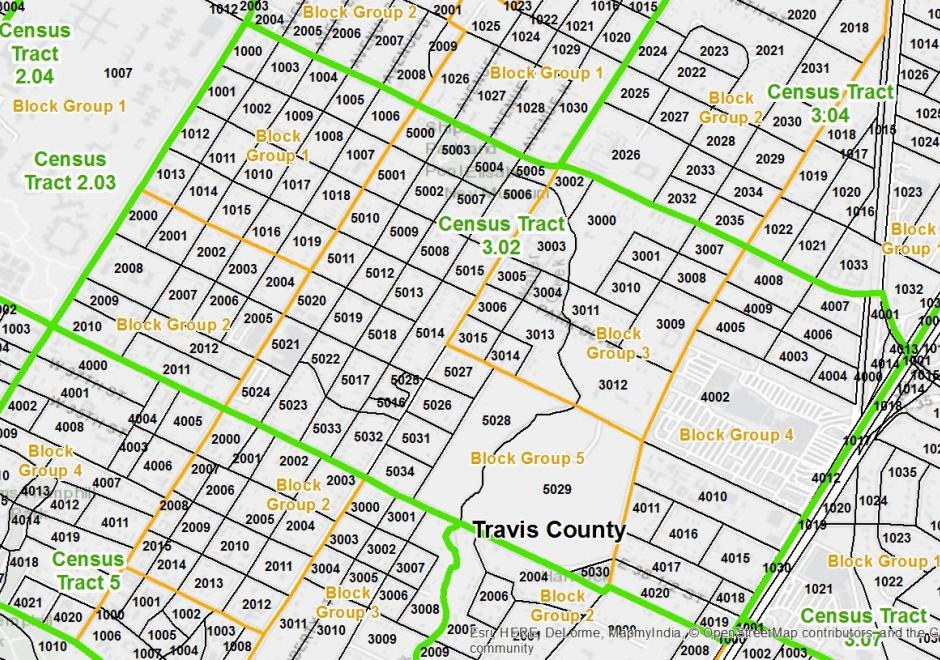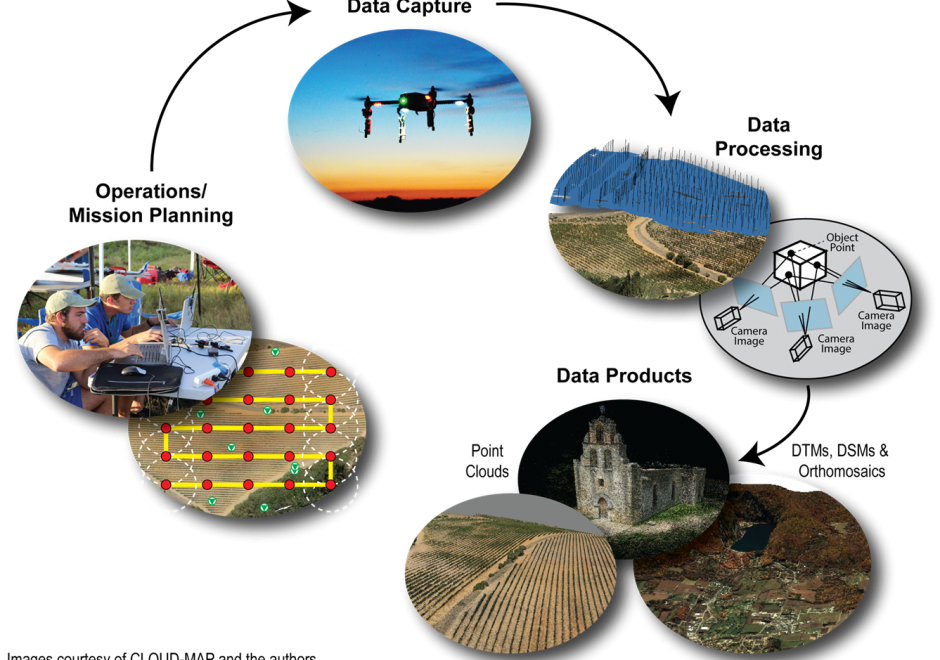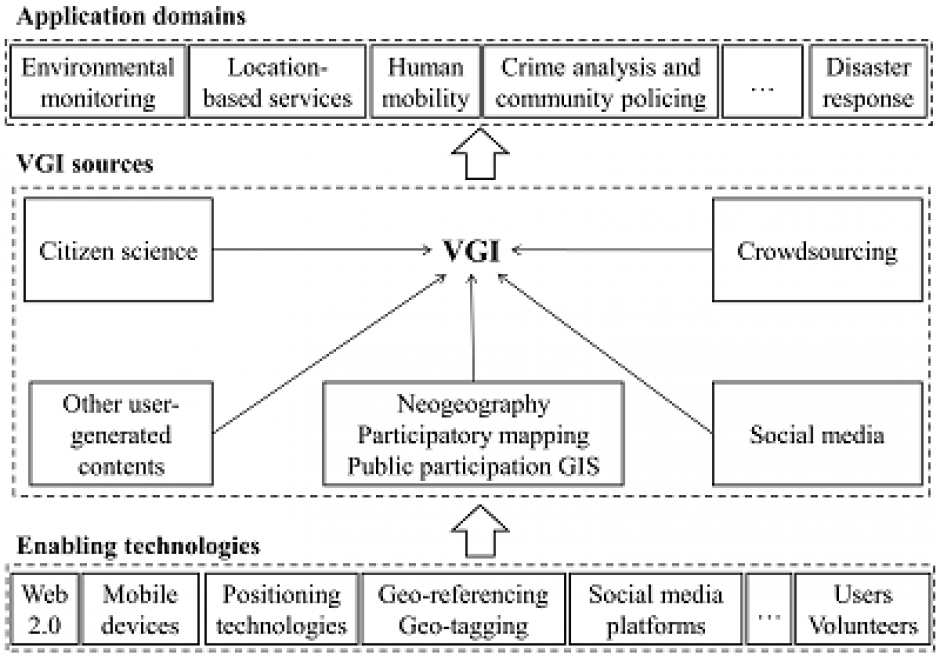DC-13 - Stereoscopy and orthoimagery

- Explain the relevance of the concept “parallax” in stereoscopic aerial imagery
- Evaluate the advantages and disadvantages of photogrammetric methods and LiDAR for production of terrain elevation data
- Specify the technical components of an aerotriangulation system
- Outline the sequence of tasks involved in generating an orthoimage from a vertical aerial photograph







DC-21 - Spatial data sharing among organizations